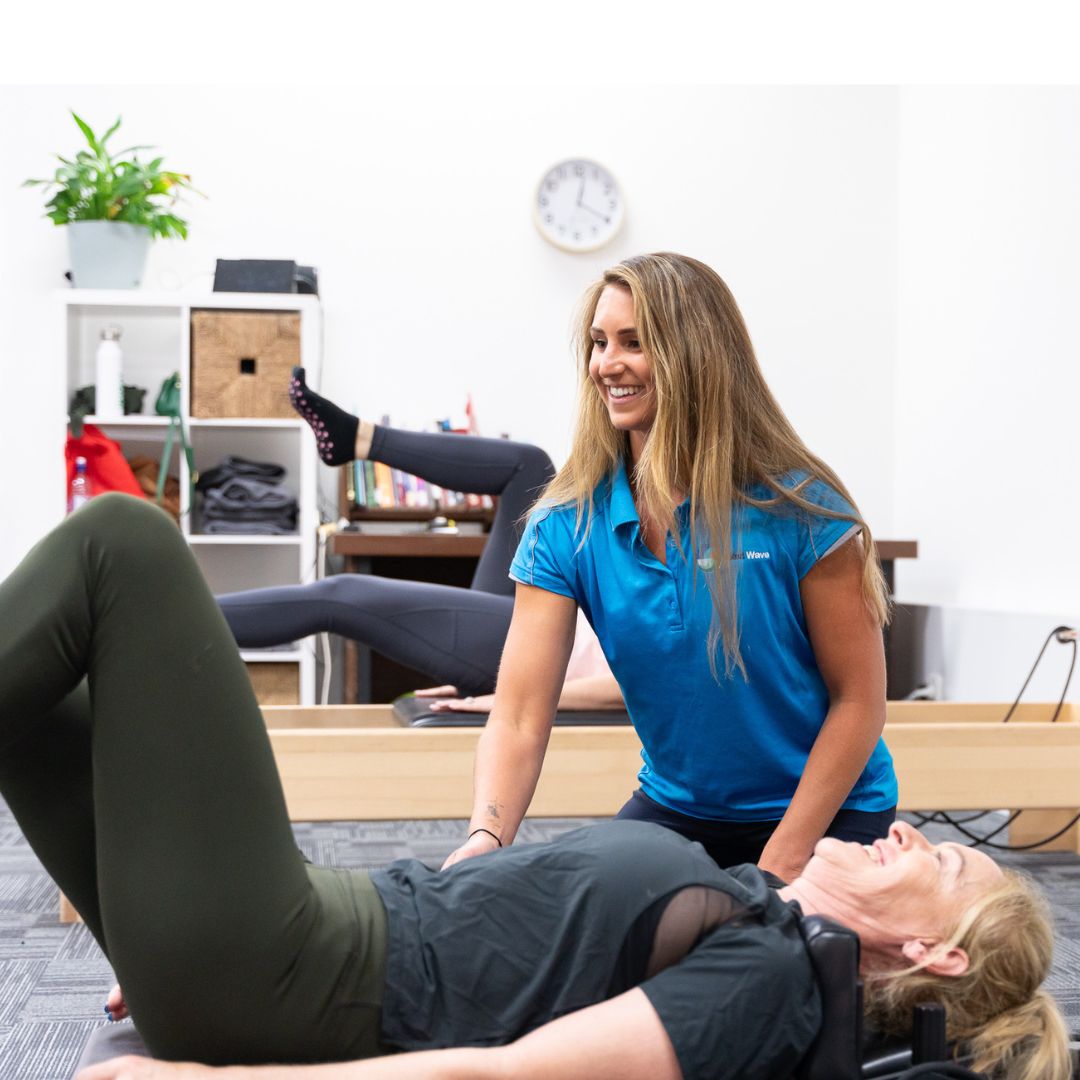Pain or discomfort at the jaw is really common. Numerous symptoms such as clicking and locking of the jaw can accompany these types of pains or feelings of discomfort. We call these types of presentations ‘Temporomandibular Disorders’ or TMD for short. TMD’s are so common in fact that in a few studies it has been estimated that 35% or more of the population suffers from this condition to some degree. However despite this, only 5% – 10% of people will ever actually seek treatment for this presentation. A few more demographical facts about this condition. Generally women are affected more than men, and generally people aged between 20 and 40 years old are better at coming to seek treatment.
Wait… You’re a Physio. Why Don’t I See a Dentist About This?
Well you can. But if you are seeing a dentist about jaw pain, they will most likely send you to a physiotherapist if you are a tooth grinder, clencher, gritter, nail biting, or gum chewing person with jaw pain. These are all reasons to see a physio for your jaw pain and not a dentist. There are numerous reasons for developing jaw pain (TMDs), and most of them are within the scope of practice and expertise of a good physiotherapist.
The 3 most common reasons our jaw hurts relate to problems with:
1) Your chewing muscles
Easily the most common cause of TMDs is disorders of the masticatory muscles (your chewing muscles). These types of presentations make up roughly 45% of all patients with TMDs. There are a number of these muscles that can be involved including, muscles to the side of your jaw, muscles a bit back from your cheeks, and muscles around your temples… they all play a part in chewing. If for some reason, these muscles get a bit aggravated or sensitised, it can and will often result in the development of jaw pain.
2) Your jaw
The second leading cause of TMDs is related to the jaw joint itself (the temporomandibular joint or TMJ). In these presentations there is generally a restriction of some form occurring at the TMJ. This restriction essentially means the joint is a bit stiff and won’t move as freely as it usually would. This type of presentation is commonly accompanied by clicking and locking of the jaw in either opening or closing of the mouth, or both.
3) Your neck
The third big reason that generates TMDs, is linked to headaches that are caused by the neck. Hopefully these types of headaches are something you have heard about before (if not look at our previous blog on headaches… it is excellent!). Basically the jaw and neck are linked… don’t believe me? Try look up and back as far as you can keeping your mouth closed. Now open your mouth and keep trying to look back further… you went further didn’t you? This is because muscles which control your neck also have an effect on your jaw. So if your neck muscles are a bit irritated or sensitised, they can commonly have a layover effect to your jaw generating a TMD.
So What Will a Physiotherapist Do For Your Jaw Pain?
Well the first and most important step is a very thorough assessment which pin points why your jaw pain is there. This is obviously to establish which treatment is needed, but also there are a few rare cases where jaw pain is happening due to either a neurological or cardiac issue. If this is the case a physio will be sure to pick up on it and refer you to the appropriate place for further treatment.
Depending on what the underlying cause of your jaw pain is will obviously depend on the treatment you receive. Common treatments include; muscle release, neck mechanics retraining, jaw mobilisations, and jaw exercises, just to name a few.
If you are experiencing jaw pain or any jaw discomfort. Feel free to book in with one of our highly skilled physiotherapists for a thorough assessment and to begin your recovery
References:
Harrision, A., Thorp, J., Ritzline, P. (2014). A Proposed Diagnostic Classification of Patients With Temporomandibular Disorders: Implications for Physical Therapist. Journal of Orthopaedic & Sports Physical Therapy, 44(3), 182-197. doi: 10.2519/jospt.2014.4847.






